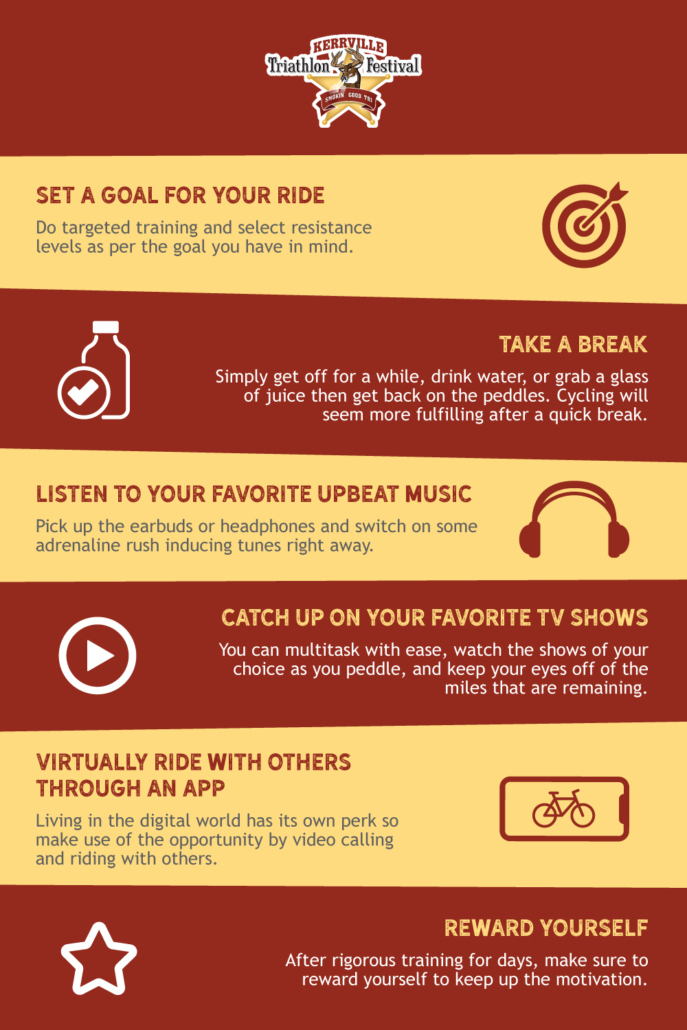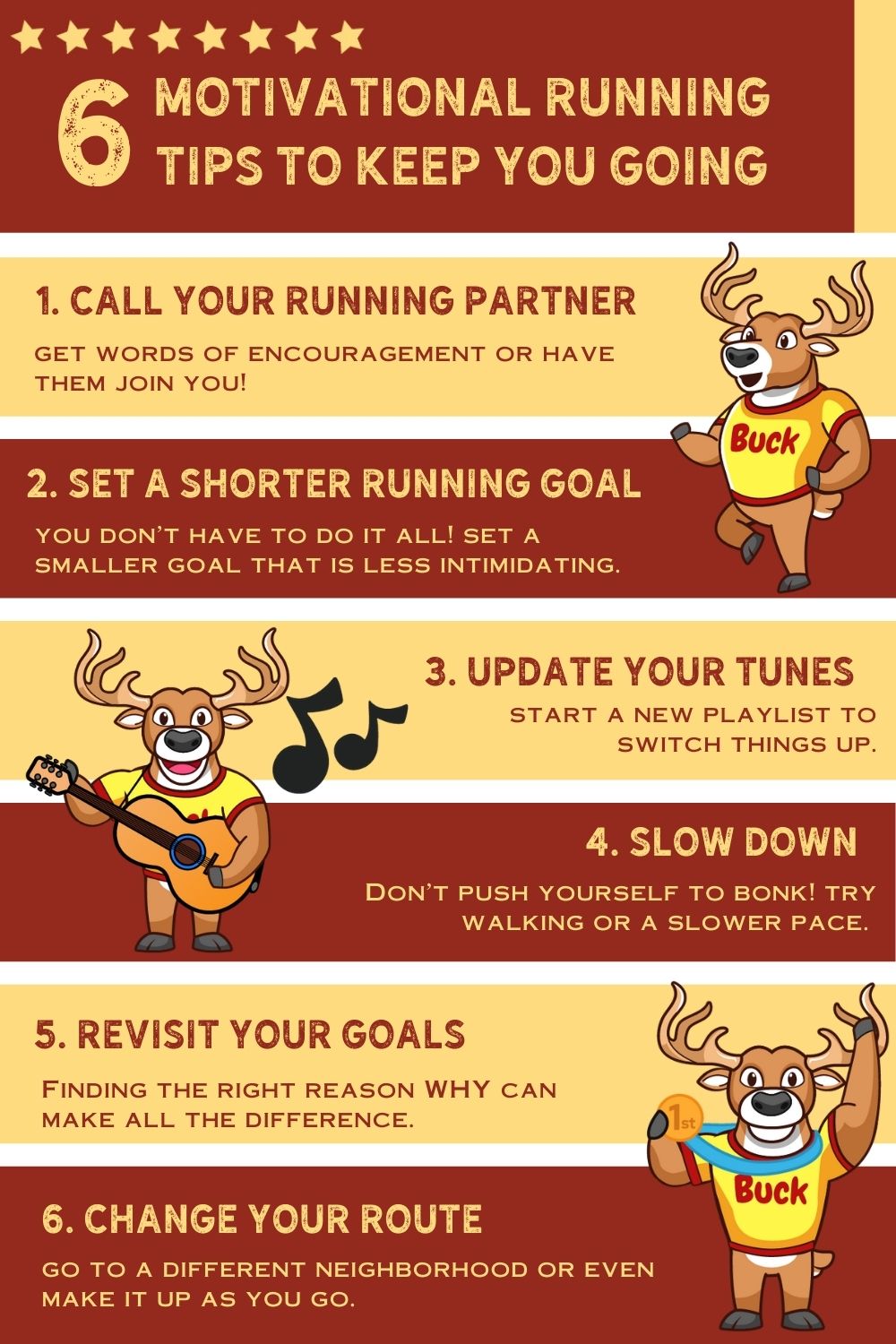Build your endurance and become a better runner when you increase your run mileage
It’s been said that running is addictive. It’s also the final leg of triathlon, when you’re most exhausted. We want to go fast, push the boundaries, and better our overall time. Running longer distances is one way to learn about mental fortitude and finish your next triathlon strong. With swimming and cycling, your goal to increase your run mileage can be overwhelming when you look at the goal by itself. But we’re here to help every step of the way! Follow our guidelines and the tips below for the best way to increase your run mileage. It’s the best way to grow as a runner, reduce the chance of injury, and work towards your big goal! Pro tip: build this into your overall training plan for optimum results. Pro tip: get a new pair of shoes before you increase your run mileage if your current pair has too many miles.
Do the work – (EVERY DAY)
This is self-explanatory! Whether it’s a rest day or your longest run ever, you have to do the work. You don’t need to set records or PR every time, but you do need to be consistent. That’s how you’ll build your running stamina and teach your body to run further and further. If there’s a day where you just can’t squeeze in a run or workout (because life happens), don’t stress. Don’t try to make it up the next day. Squeeze in a foam roll or stretch session if you can and keep moving forward with your plan! Pro tip: check out these 6 motivational tips if you need a boost.
REST – (1-2 times per week)
If your training plan calls for a rest day, TAKE THE REST DAY. This allows your body the chance to recover from the previous swim, bike, or run. If you get the itch to do something, make it active recovery. Foam roll throughout the day. Set aside time for deep stretching. Take an online yoga class. Those three options will speed up the recovery process and get you ready for the next day.
Build your running stamina – (2-3 times per week)
As you increase your run mileage, you learn to get comfortable with being uncomfortable. Every new long run represents a new PR for your longest run. As you hit new distances, it’s important to remain focused on form and technique. Don’t get sloppy! Remain as efficient as possible at the end of your run. Focusing on your form will allow you to generate power efficiently. This will also help with your body’s ability to consume oxygen. Brick workouts are another great way to build your stamina. Running after cycling or swimming will introduce your body to running when you’re tired. Brick workouts will prepare you for race day.
Increase body strength – (2-3 times per week)
You’ll need to prepare your body for running longer and longer distances. Break up running workouts with weight workouts. You don’t need heavy weights. Focus on lighter weights with higher repetitions. You want to push the body, burn fat, and build lean muscle. Working muscles differently than when you’re running is critical. It helps prevent the overuse of the same muscles. No weights? No problem. Focus on body resistance exercises like push-ups, sit-ups, squats, and lunges.
Set smaller goals – (1 time a week)
On a weekend morning, when it’s coolest, push yourself to run further than you did last weekend. Do this alone if needed, but running with a friend has tremendous benefits. When preparing to increase your mileage, setting that small goal of going longer than before teaches your mind and body it’s capable of completing longer distances. You’ll eventually see that last week’s distance that was difficult is now easier. Over time, what was once thought impossible will become your warm-up. Slowly but surely increasing your mileage will put you in a prime position to run further and further. Pro tip: one speed workout a week will help you on your long runs.
There are many other factors that can impact how you increase your run mileage: diet, hydration, nutrition, cross-training, injuries, etc. Those items can be built-in and managed as you progress. Just remember, you don’t just wake up and run longer distances. Persistence and consistency are needed. Do you listen to music when you run? Add these 5 songs to your next playlist!







